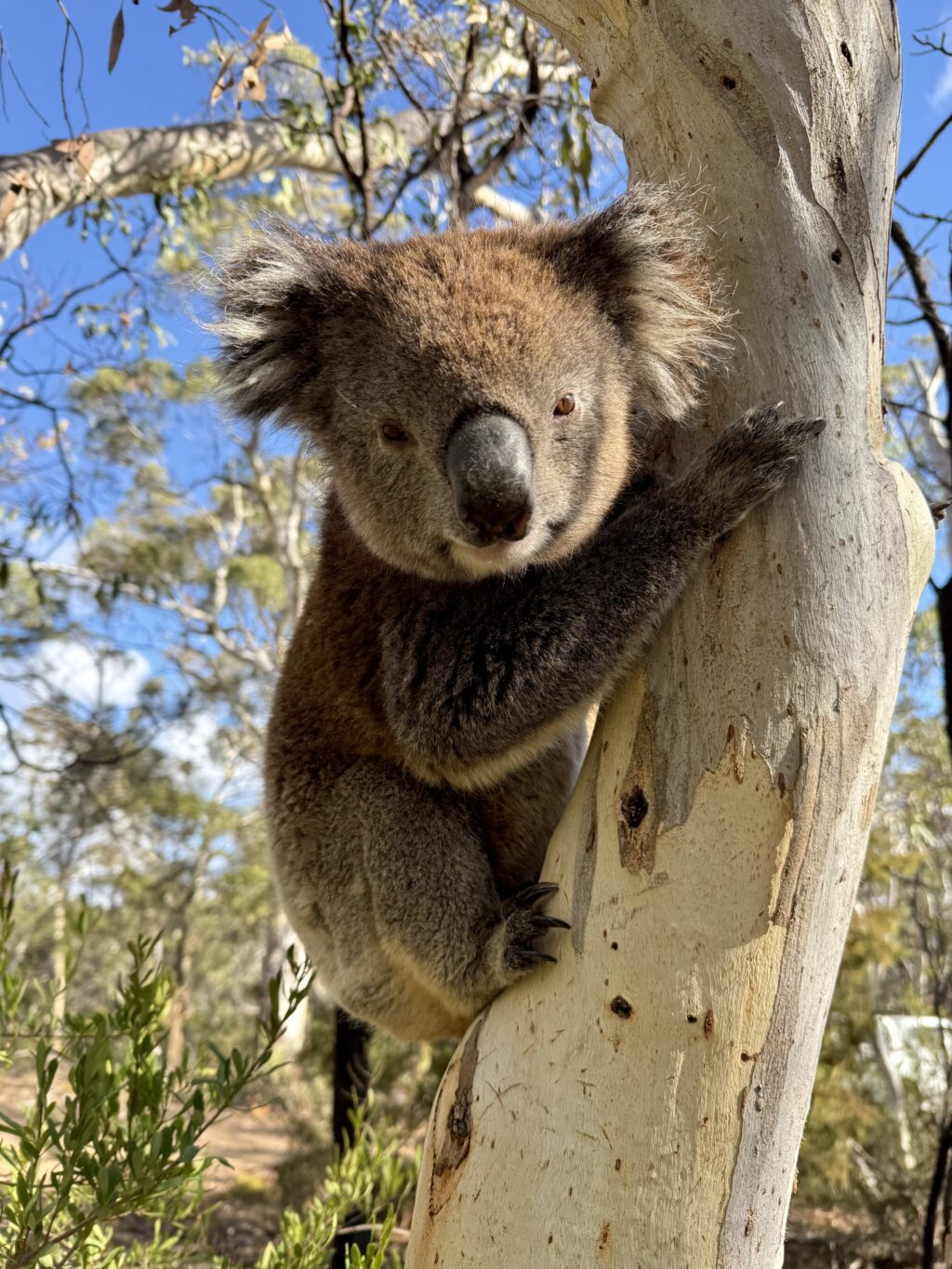
Kangaroo Island in South Australia is celebrated as a sanctuary for koalas, boasting a large, mostly disease-free population. However, new research from Flinders University reveals a hidden genetic challenge that could jeopardize the long-term survival of these marsupials. The findings, published in the journal Molecular Ecology, suggest that the island’s koalas carry a genetic legacy that may hinder their ability to withstand future threats.
Using whole-genome sequencing, researchers compared the genetic diversity of Kangaroo Island koalas with those on the mainland in Victoria and Queensland. Despite their abundance, the island’s koalas exhibit significantly lower genetic diversity and higher levels of inbreeding compared to their mainland counterparts.
Historical Context and Conservation Efforts
The roots of this genetic issue trace back to the 1920s when fewer than two dozen koalas were relocated from Victoria to Kangaroo Island. This move aimed to save the species from extinction due to hunting and habitat loss. However, the founding population was already small and genetically limited, setting the stage for the current genetic bottleneck.
Today, koalas along Australia’s east coast are officially listed as endangered, facing threats from forest clearing, bushfires, diseases, and road development. In contrast, the Kangaroo Island population has been seen as a beacon of hope, even after devastating bushfires in 2019–2020 razed over half of the island.
Research Findings and Implications
Lead author Dr. Katie Gates emphasizes the dual nature of the conservation story: “Kangaroo Island koalas are a successful conservation story in terms of population size. But their genetic health tells a different story. Their limited diversity and high inbreeding mean they might struggle to adapt to future threats like disease or climate change.”
The study found that Kangaroo Island koalas have many more and longer stretches of identical DNA inherited from both parents, known as runs of homozygosity—a hallmark of inbreeding. This inbreeding increases the likelihood of harmful genetic variants being expressed in offspring, raising concerns about fertility and developmental issues.
“Kangaroo Island has the potential to remain an important conservation refuge for koalas. But without genetic management, this ‘ark’ could become a trap. Our work highlights the importance of ongoing genomic monitoring for species managed in isolation.” — Professor Luciano Beheregaray
Recommendations for Conservation Management
While the Kangaroo Island koalas have so far resisted infectious diseases like chlamydia and koala retrovirus, their reduced genetic toolkit could leave them vulnerable to future outbreaks. To mitigate these risks, researchers recommend proactive conservation management strategies, including ‘genetic rescue.’ This involves the careful introduction of new koalas from genetically diverse mainland populations to increase genetic diversity.
Senior author Professor Luciano Beheregaray underscores the importance of these measures, noting that without intervention, the island’s koalas could face significant challenges. The research highlights the critical need for ongoing genomic monitoring to ensure the long-term viability of isolated species.
Looking Ahead
The findings from Flinders University serve as a crucial reminder of the complexities involved in conservation efforts. While population numbers are an important metric, genetic health is equally vital for the resilience of species. As conservationists look to the future, the case of Kangaroo Island’s koalas underscores the need for a holistic approach that balances immediate population successes with long-term genetic sustainability.
With the right interventions, Kangaroo Island can continue to serve as a haven for koalas, providing a blueprint for conservation strategies worldwide. However, without addressing the genetic challenges, the island’s koalas may face an uncertain future.







